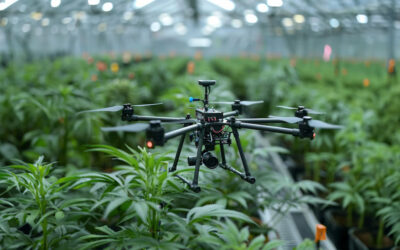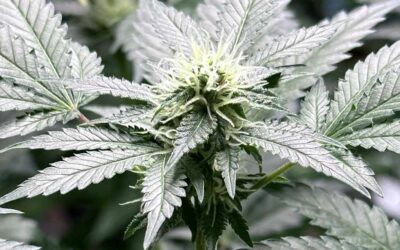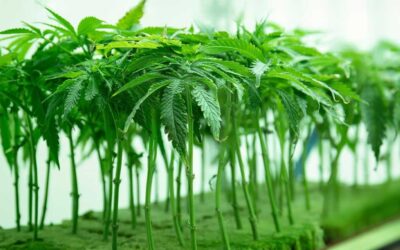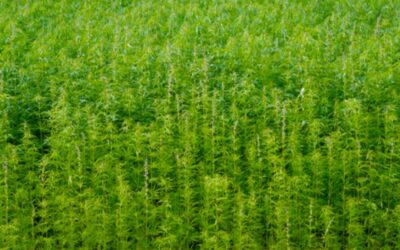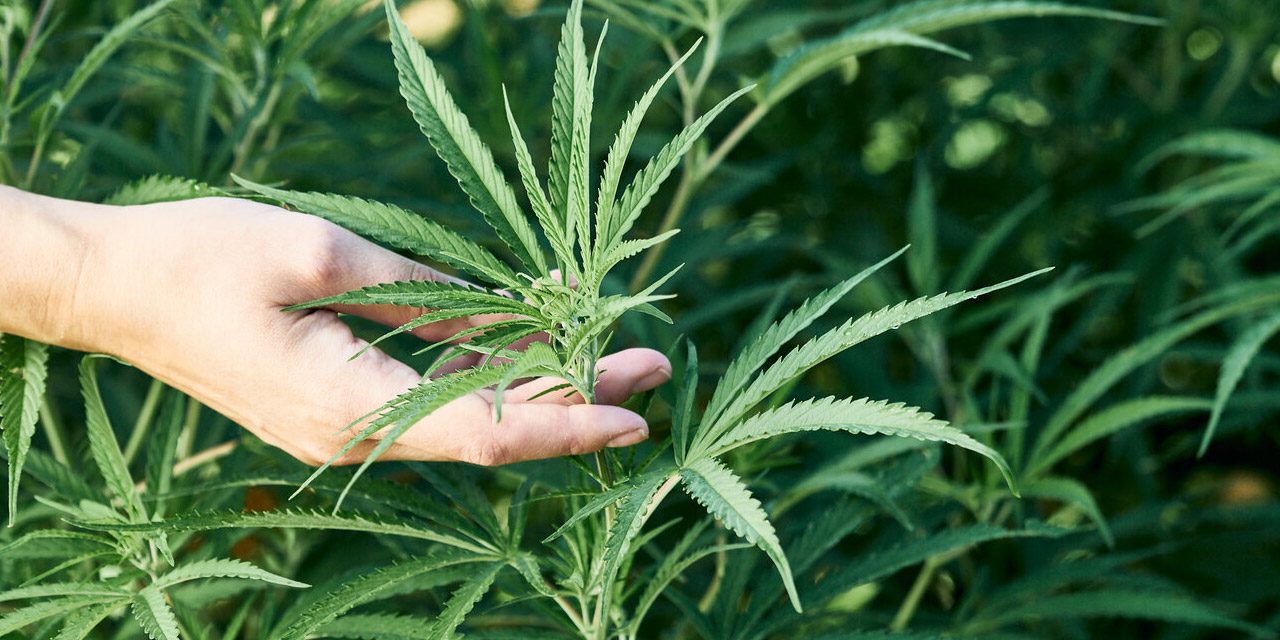
Phytoremediation with Hemp
Harnessing Nature’s Power for Environmental Cleanup
In the quest for sustainable solutions to environmental challenges, the technique of phytoremediation has emerged as a potent ally. At the forefront of this eco-friendly approach lies hemp, a versatile plant with remarkable potential for cleansing contaminated environments. In this article, we explore the transformative power of phytoremediation with hemp, shedding light on its efficacy in revitalising polluted lands and water bodies.
Understanding Phytoremediation with Hemp
Phytoremediation with hemp involves harnessing the natural abilities of this resilient plant to mitigate pollutants in soil, water, or air. Through a process of absorption, metabolism, and stabilisation, hemp effectively removes contaminants from the environment, offering a sustainable alternative to traditional remediation methods.
Hemp’s Unique Role in Environmental Cleanup
Hemp’s suitability for phytoremediation can be attributed to its robust root system and exceptional tolerance to various contaminants. By absorbing pollutants such as heavy metals, pesticides, and solvents, hemp acts as a natural filter, purifying the soil and water in which it grows.
The Mechanisms Behind Hemp’s Environmental Cleanup Abilities
Hemp’s efficacy in phytoremediation stems from its ability to bioaccumulate contaminants, drawing them from the surrounding environment into its tissues. This process not only reduces the concentration of pollutants in the soil but also prevents their leaching into groundwater, mitigating the spread of contamination.
Applications and Benefits of Phytoremediation with Hemp
The applications of hemp phytoremediation are diverse and far-reaching, spanning contaminated industrial sites, agricultural lands, and even areas affected by radioactive contamination. Beyond its remediation capabilities, hemp also improves soil quality, promotes biodiversity, and offers a sustainable alternative for land restoration projects.
Real-world Examples of Hemp Phytoremediation in Action
Across the globe, numerous success stories illustrate the effectiveness of hemp phytoremediation in practice. From revitalizing former mining sites to mitigating pollution in agricultural areas, hemp has proven its mettle as a natural solution for environmental cleanup. Notable examples include its use in regions impacted by industrial pollution and even in the aftermath of nuclear disasters like Chernobyl.
Overcoming Challenges and Maximising Impact
While hemp phytoremediation holds immense promise, challenges such as regulatory barriers and public perception must be addressed to realise its full potential. Through interdisciplinary collaboration, innovative research, and informed policymaking, we can overcome these hurdles and leverage hemp’s environmental cleanup abilities on a broader scale.
A Sustainable Future with Phytoremediation and Hemp
As society grapples with escalating environmental concerns, the need for sustainable solutions has never been more pressing. Phytoremediation with hemp offers a beacon of hope, signalling a transformative shift towards greener, more resilient ecosystems. By harnessing the power of nature and embracing the potential of hemp, we can pave the way for a cleaner, healthier planet for future generations.
In conclusion, phytoremediation with hemp represents a powerful convergence of nature’s resilience and human ingenuity. By unlocking the full potential of hemp as an environmental cleanup tool, we can chart a course towards a more sustainable future, where polluted landscapes are transformed into thriving habitats once more. Let us seize this opportunity to embrace the transformative power of phytoremediation with hemp and create a brighter tomorrow for all.







